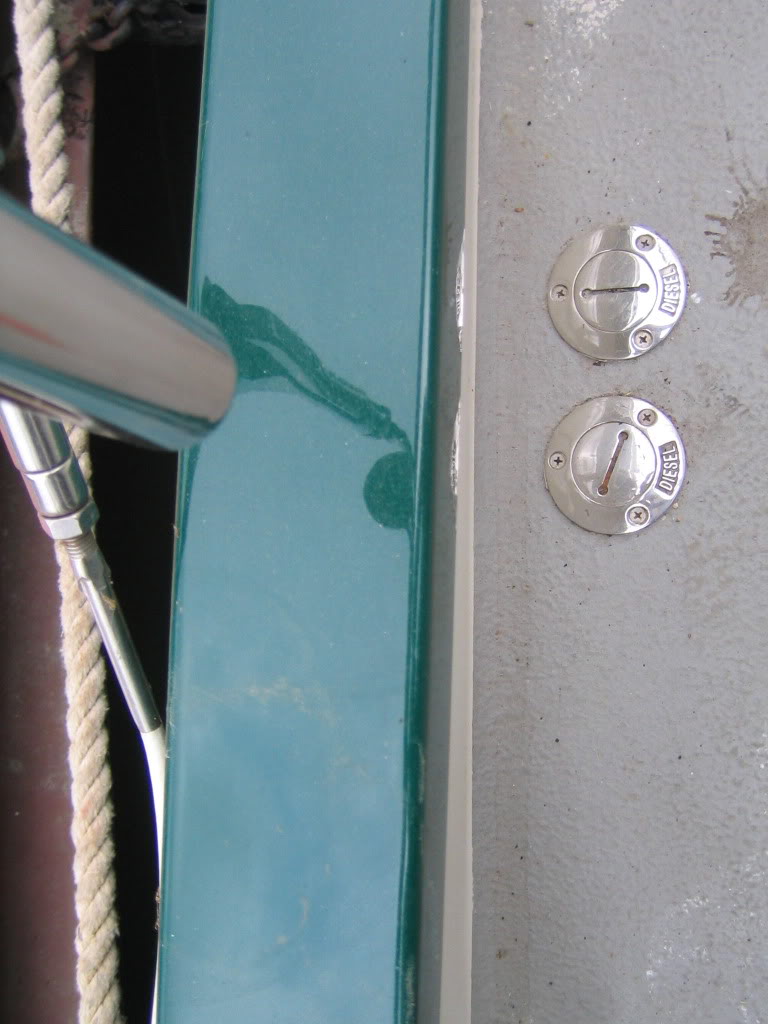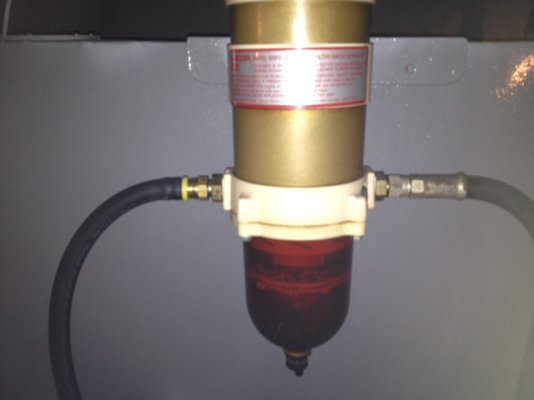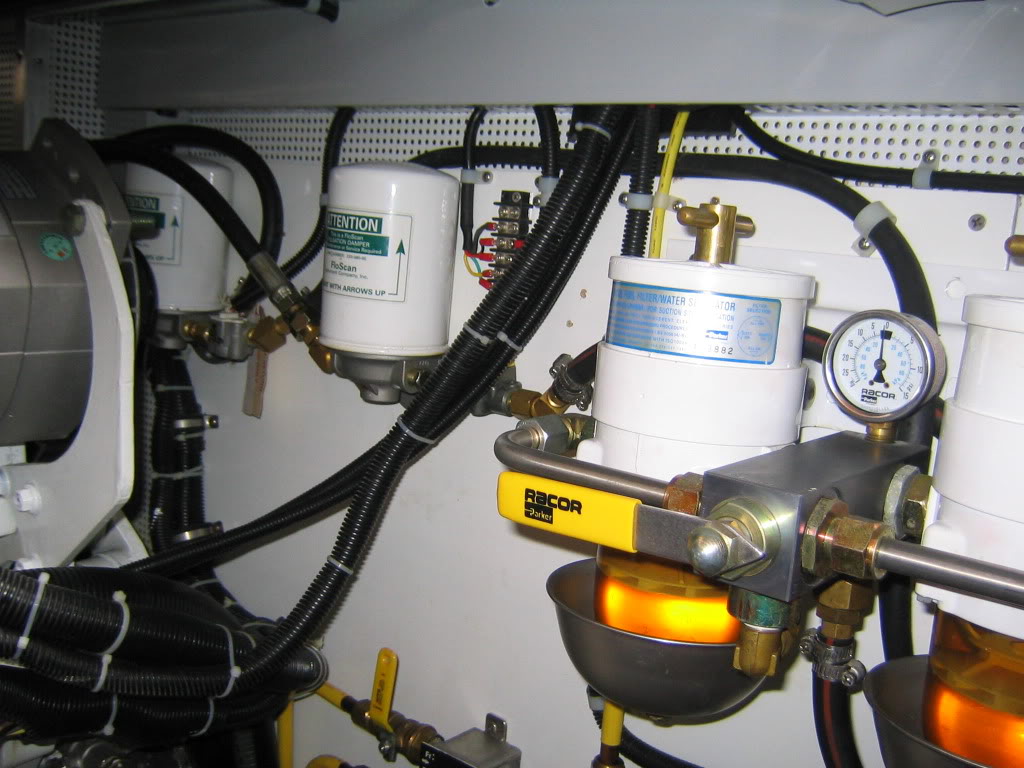- Joined
- Apr 15, 2008
- Messages
- 13,731
- Location
- California Delta
- Vessel Name
- FlyWright
- Vessel Make
- 1977 Marshall Californian 34 LRC
Thanks for watching my back, Bruce! Seahorse II also sent me a PM about this. I appreciate the word of caution.
Yes, I looked into it and determined the same. They reside adjacent to each other on the table of galvanic compatibility, indicating that they are compatible or the least dissimilar. Here's a table I used:
Galvanic and Corrosion Compatibility Dissimilar Metal Corrosion - Engineers Edge
A few months back, I replaced the bronze phillips-head screws on my impeller pump with SS knurled allen-head screws. This makes changing the pump much easier. At that time, I researched this and decided to add a coat of dielectric grease to the screws as I inserted them as an extra layer of protection. I'm not sure if this would be beneficial or advisable in the case of the fuel caps.
The most corrosive environment is in salt water. The problem diminishes greatly in dry environments.
Yes, I looked into it and determined the same. They reside adjacent to each other on the table of galvanic compatibility, indicating that they are compatible or the least dissimilar. Here's a table I used:
Galvanic and Corrosion Compatibility Dissimilar Metal Corrosion - Engineers Edge
A few months back, I replaced the bronze phillips-head screws on my impeller pump with SS knurled allen-head screws. This makes changing the pump much easier. At that time, I researched this and decided to add a coat of dielectric grease to the screws as I inserted them as an extra layer of protection. I'm not sure if this would be beneficial or advisable in the case of the fuel caps.
The most corrosive environment is in salt water. The problem diminishes greatly in dry environments.



 .
.







 :lol:
:lol: 





